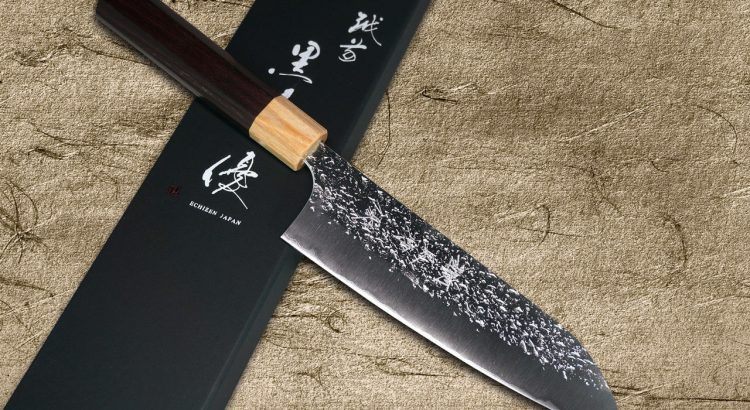img by : https://www.hocho-knife.com/
The beauty of crafting delicate pieces of culinary art can only be seen with the heart, not only through the eyes. Well, tasting subtle, yet exotic flavors of your favorite mouth-watering sushi pieces may be the best way to describe happiness, but sometimes, opening your heart to understand the components of your favorite dish will make you see through the cute Caviar crystals, ordinary-looking seaweed, and the vivid orange-colored Salmon slices.
Understanding a Japanese dish might seem like a complicated game of guessing; however, a huge fan of Japanese cuisine will learn to love their favorite dishes a little more as they open their hearts to understanding what makes these dishes so special and extraordinary.
Through this perspective, a huge crowd of Japanese food lovers and diners are gradually becoming more interested in the process of Japanese food making. Why is sushi so popular?
Why is everyone swooning over sashimi than the fast-food king, burgers?
Apart from its healthier ingredient choices and also offering an option to be vegetarian-friendly, sushi and sashimi dishes are becoming the healthier versions of the famed fast foods, with their names on top of the list of the ‘most-searched’ and the ‘most-enjoyable’ convenient dishes. Despite its convenience, most diners are fond of their ‘intricacy’ and ‘delicacy’ expressed through the fine selection of premium quality ingredients, the artsy aesthetics, and the placement of culinary components in a plate.
Japanese food isn’t just any ordinary convenient food, but quite the opposite – an intricate cuisine which expresses the authenticity of Japanese traditions through subtle slices of fresh, caught-from-sea fish, hand-formed and cooked Japanese rice, as well as the exotic combinations of flavors that melt the hearts of diners. With this being the specialty Japanese food holds, the mastery of the skills required to craft them remain somewhat a mischievous task and a mystery to many cordon bleus.
The art of crafting delicious Japanese food like sushi and sashimi rely upon the mastery of the Japanese blades. Similar to that of a Samurai’s sword, a Japanese knife is also a culinary expert’s companion, leading all cooking processes to its next stages with ease. Slicing, cutting, and chopping may sound like ordinary skills any house-wife can perform as she cooks her favorite fried rice; however, the three ordinary cutting skills earlier mentioned are different to that of the typical ones when it comes to Japanese food. With this being a highly essential part of Japanese food which also led to the introduction of delicate dishes like sushi and sashimi, the production of Japanese knives has become an interesting topic among culinary professionals in the food industry. As Japan is home to a wide selection of knife brands, Yu Kurosaki is no doubt making its way to the top of the charts.
Yu Kurosaki is a famous blacksmith and also a famous Japanese knife brand that makes finest quality blades equipped with excellent steel hardness, great edge retention, amazing rust resistance, and most of all – beautifully unique blade designs. Known for the continuous makings of new Japanese knife series and models, Yu Kurosaki is famed for original knives forged through the traditional Japanese techniques. Among the best models, ‘Yu Kurosaki R2 (SG2) Hammered SHIZUKU WA RS8P’ knife series is made out of the Super Gold 2 Micro Carbide Powder stainless steel – which guarantees extreme hardness. The unique handle is also expressed through the octagonal-shaped Rosewood with White Packer wood ferrule, further establishing its fine beauty alongside durability and long-lasting feature.
For knife collectors, this series of knife is among one of the stunning models to collect, while various knife types are available as follows: Santoku, Gyuto, Bunka, Nakiri, Sujihiki, and Chef’s Petty knife.
